It appears the land that is subject to this deed was given to Mr. Thomas Gamble under the terms of a will executed by Mr. Thomas Walls.
Given the reference to "Pounds" and "Schillings," I have to reasonably conclude this was the fee to record a document such as this in England in 1899. I could be wrong but, if that is indeed the case, it will be interesting to learn what the fee is now to record such a document.
I was surprised to see the notary stamps have remained intact. For some reason, I was always of the impression they were made of wax, but they clearly aren't as, whatever substance was used is quite hard, unlike wax. It makes sense, as wax wouldn't have likely held up over time. Today, a simple stamp is used to notarize documents. I wonder what type of instrument was used to create the stamp. It would be interesting to see what it looks like. And then there's the process itself or, more specifically, how one was granted the authority to notarize documents in England one-hundred and fifteen years ago. In Arizona, the Secretary of State is the government entity that grants one the authority to notarize documents and, pursuant to statute, there are some fairly strict requirements one must follow. So I can't help but wonder what government entity in England granted one with that authority one-hundred and fifteen years ago and is it the same one today? Did the notaries charge a fee back then? If so, how much? What do notaries in England customarily charge today to notarize documents? Were they required to adhere to, pursuant to law, strict requirements and, if so, how have those laws evolved over time?
These are the signatures of the parties involved. Whenever I come across a document such as this, I can't help but wonder about the people who lived so many years before me. What were the relationships of those involved? Did the devisee keep the land that was devised to them or did they immediately sell it? Did the land hold sentimental value to the deceased person and the one to whom it was given and did that factor in to their decision to either hold onto it or, alternatively, sell it? (I have two original books that were written after the sinking of the Titanic. One of the books is inscribed with a signature written in pencil. Was that the original owner of the book? How did that person come to be in possession of it?) And then there is the land that is the subject of this deed. At the time of the conveyance, was there a dwelling on it? What did it look like? Does it still stand today and, if not, what stands on it now, if anything? Where, exactly, is this land located?
I've articulated only a few of the questions I have regarding this document, and I'm well aware that some of these questions will go unanswered. But, as someone who is interested in historical documents, I can say that sometimes the speculation surrounding the issues related to such documents is part of the enjoyment of owning one.







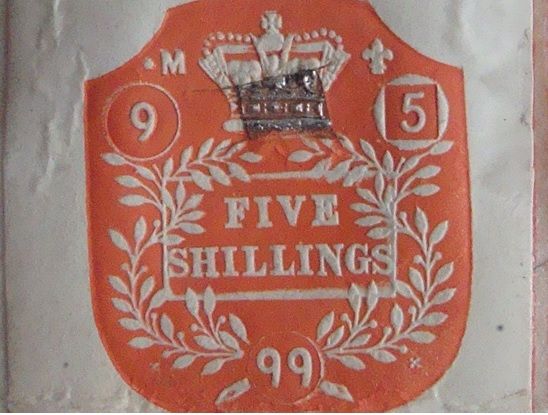

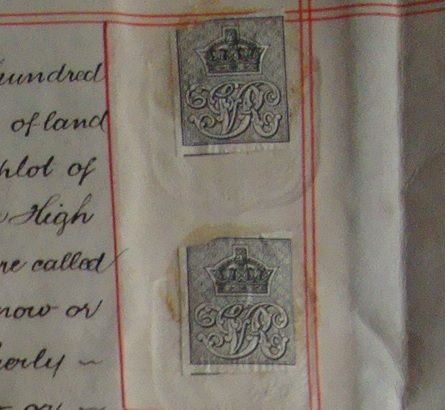
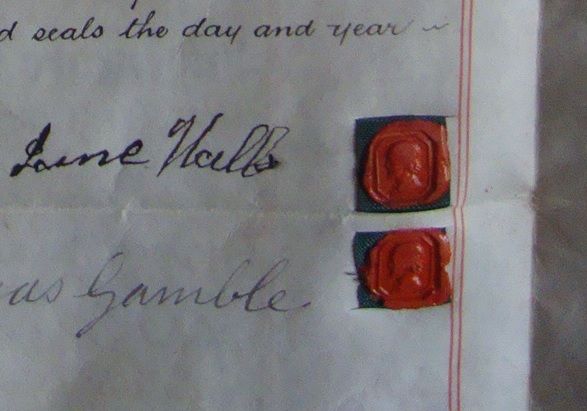

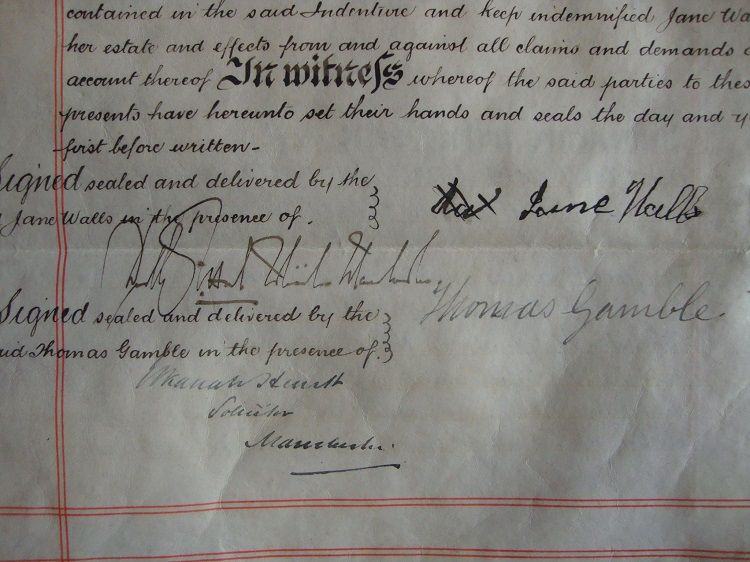
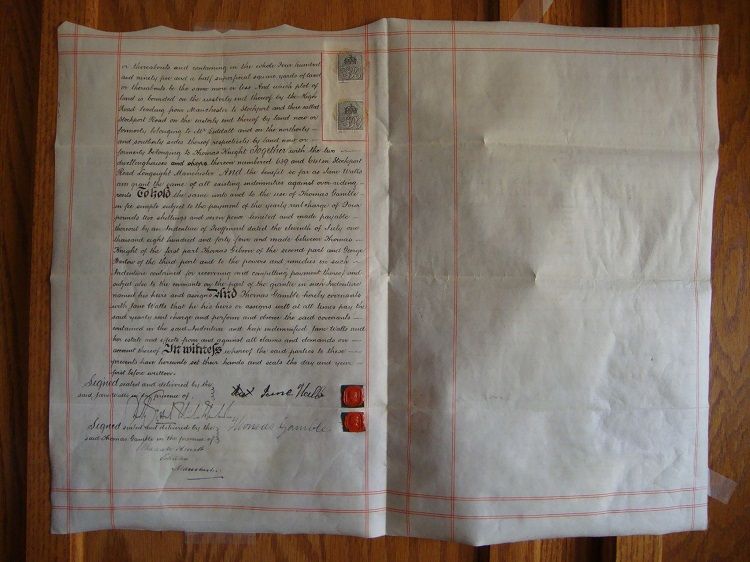
No comments:
Post a Comment